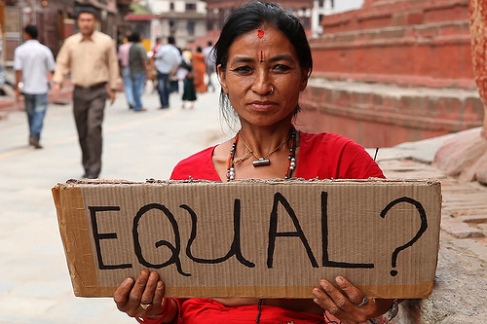In a paper entitled “Philip Marlowe, Family Man”, Wesley Beal draws ideas of family and its relationship to work from the interactions of Philip Marlowe – a hardboiled detective created by Raymond Chandler – and the dysfunctional families he encounters.
From what I understood of his argument, Wesley describes crime-fiction as the “modern” – this particular character and style were popular in the 1930s and 40s – expression of 19th century sentimentalism and its tension between work and family. Specifically, Wesley tracks Marlowe’s interaction with a family called the Sternwoods.
The Sternwood family is generally described to be the definition of dysfunction; murders, blackmail, cover-ups, name it and they have probably done it. Interestingly enough however, while individually terrible people, they almost constantly have each others’ backs. In fact, all of their energy goes into protecting the collective unit. Wesley argues that this devotion to the collective whole acts as a pulling force on the protagonist and – even though it is a messed up bunch – begins to transform Marlowe from an outsider to a surrogate filial member of the family.
Marlowe, like any good hardboiled detective from his genre’s era, is more comfortable being on his own than part of a family. In Chandler’s stories, Marlowe suppresses his desires for family and social connection in order to more fully embrace what he feels is a necessary separation to operate effectively as . Unfortunately for him, his suppressed desires are inevitably dragged to the surface as he becomes more emotionally invested in working with the Sternwoods, particularly the father.
While the family’s dedication to a unified front is a strong symbol for collective unity, Wesley argues that the historical context is a more motivated to target this idea and weaken it. The target audience – based on Wesley’s analysis of the ads – is immigrant families; essentially, his argument is that these families come into America with a strong collective family idea and are presented with stories about increasingly dysfunctional families to weaken those bonds. By attacking these bonds, these families become more adjusted to the individualistic capitalist ideals more common in America in that era.
In his increasingly difficult dealing with the Sternwood family, Marlowe becomes more and more part of their collective unit, at times identifying himself with “we” and “us” when referring to the family. This makes it all the more difficult to maintain his hardboiled facade. Chandler has to develop his character while maintaining the essential tension of the genre between alienation and the desire to belong. In the end, he leaves the Sternwoods after one of the daughters tries to kill him and he solves the murder and its cover-up in the family.
Marlowe’s ideas of family become harder and harder to achieve in his continuing adventures; the Sternwood family is simply one family in a line of progressively devolving families reeking of dysfunction and loaded with problems. As his adventures continue, and as each family he encounters is worse than the last, Marlowe’s desire for family becomes easier to manage as it is deferred further and further along his personal timeline.




